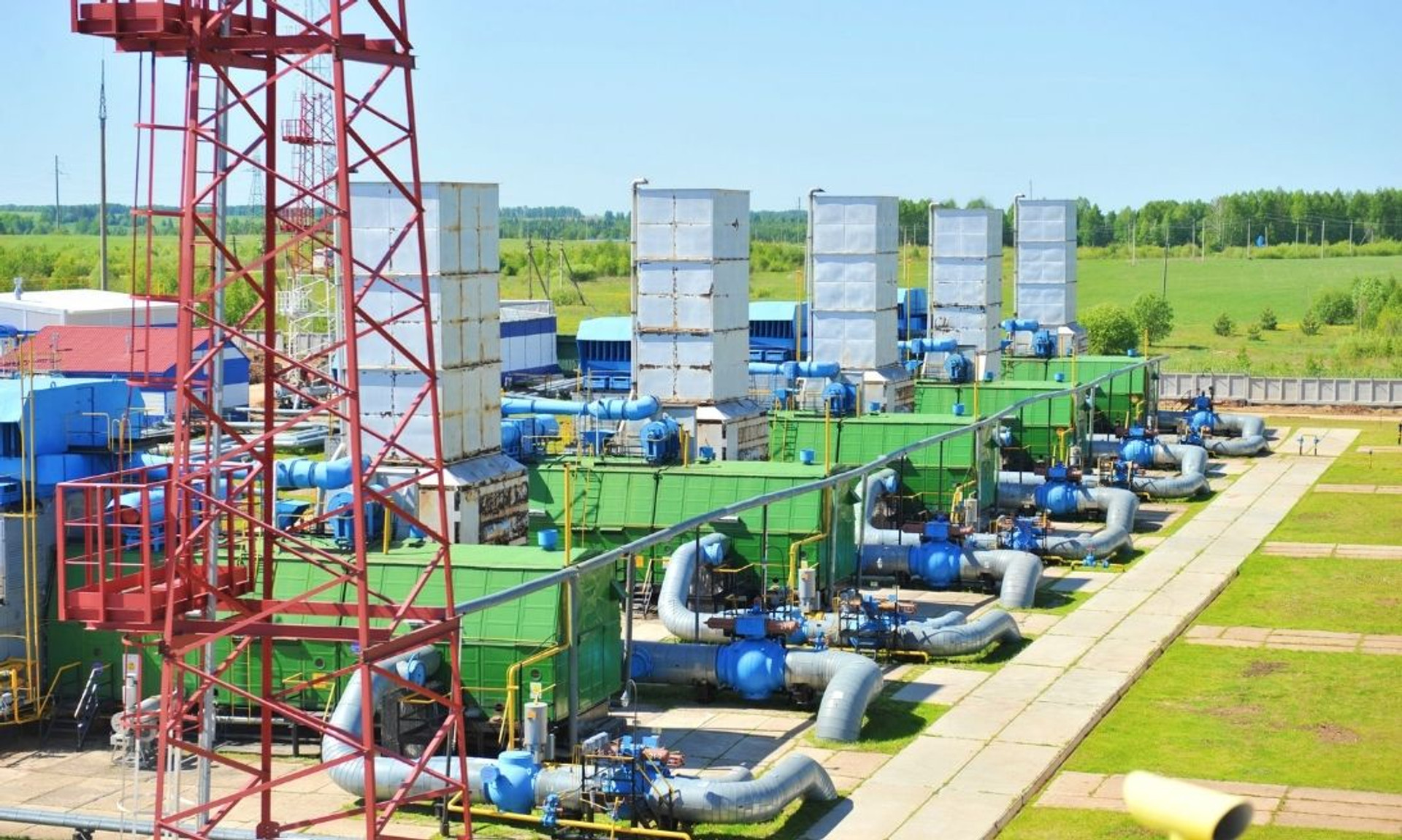Methane Versus Pentane: Which Calibration Gas To Choose
Deciding what gas to use is an important step in the gas detector calibration process. When it comes to calibration gases, methane and pentane are commonly used. Both of them are alkanes, or chain compounds, where all carbon-to-carbon bonds are simple and singular bonds. Choosing the correct one depends on where it will be applied, the other gases involved, and the sensor used to measure them. Here’s what you need to know when choosing between methane and pentane calibration gases.
About Methane and Pentane
When you’re choosing between methane and pentane calibration gases, it’s important to understand their differences. Methane and pentane are specific types of chain compounds called hydrocarbons, meaning they consist of only carbon and hydrogen. However, methane and pentane differ in the number of carbon bonds they have. Methane is the simplest alkane, only containing one carbon bond, while pentane has five carbon bonds. Because pentane has more than one carbon, it can have structural isomers whereas methane cannot. Isomers are molecules with the same molecular formula but different atom arrangements. Pentane has three structural isomers: n-pentane (normal pentane), iso-pentane, and neo-pentane.
When To Choose Methane
Methane is the best choice for natural gas operation because methane itself is a component of natural gas. Methane is also recommended when poisons or inhibitors are present. It has a very high vapor pressure, so it is stable enough to mix with air and still keep under high pressure. Because methane gas ignites at a higher temperature than pentane, it requires more energy for the sensor to detect it. Therefore, certain gas mixtures might not read as accurately as others, and sensors may weaken earlier. An infrared sensor, or IR sensor, is the best technology for reading methane calibration gas.
When To Choose Pentane
Pentane is best when working with flammable gases because it is more accurate. Its correction factors are lower than those of methane which improves accuracy. Another benefit is that it has a faster response to other gases. In some cases, that makes pentane the safer option but that ultimately depends on the gas mixtures used. Pentane only needs about half the temperature to ignite when compared to methane, so it’s not as taxing on sensors. When working with pentane, you should use pentane directly to calibrate.
If you are looking to use either of these calibration gases, consider products from Mesa Gas. Here, you’ll get quality equipment from a professional team of calibration gas suppliers. Our products are professionally manufactured for a broad range of applications.

